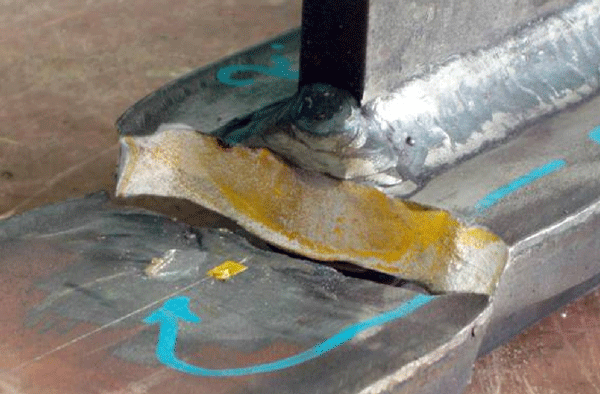
New tool to reduce structural fatigue of vessels in icy waters

The new tool of LR is to help reduce the risk for structural fatigue damages
The timely development of new procedures under the notation, ShipRight FDA ICE, comes as changes in the exploitation of natural resources, the climate, world trade and marine infrastructure are increasing marine activity in cold-climate areas. Greater trade through the Arctic is driving demand for larger ice-class vessels, particularly oil tankers and LNG carriers. The ShipRight FDA ICE assessment procedure examines ship-ice interaction loads, ice-load impact frequency, ice-load distribution, structural responses and the fatigue behaviour of hull structures in cold temperatures including associated fatigue responses. The fatigue-response assessment is determined for different winter conditions and ice thicknesses on typical routes for winter trade.
The procedure as per Lloyd's Register provides the measure to identify high-stress locations and to help reduce the risk of structural failure.
Extensive fatigue testing on welded joints of mild and higher tensile steels at low temperature were carried out during the procedure's development.
